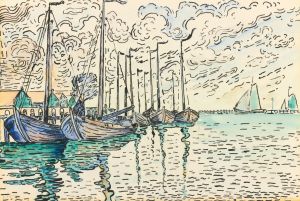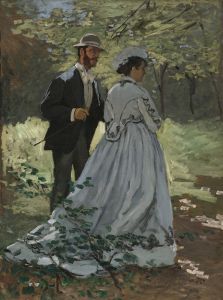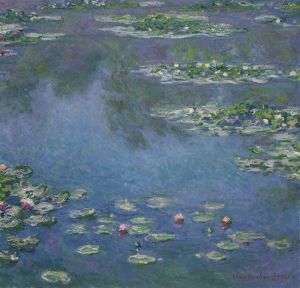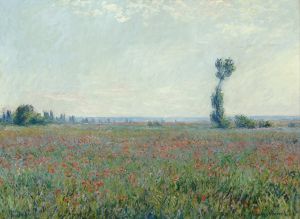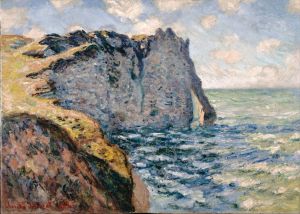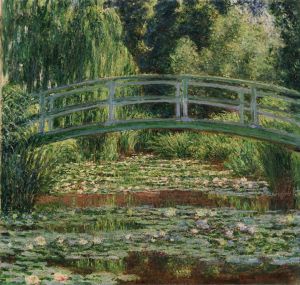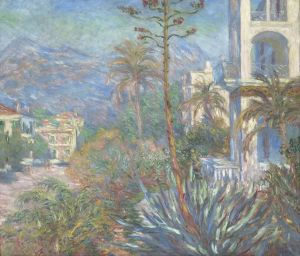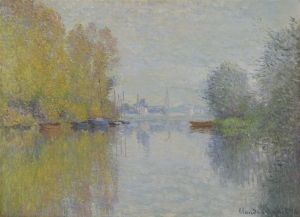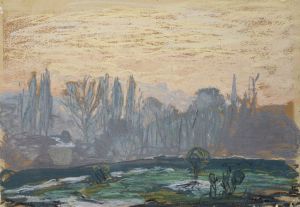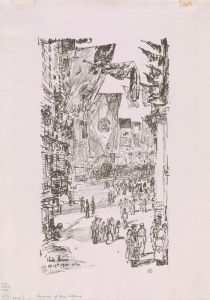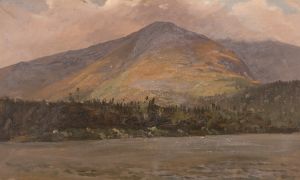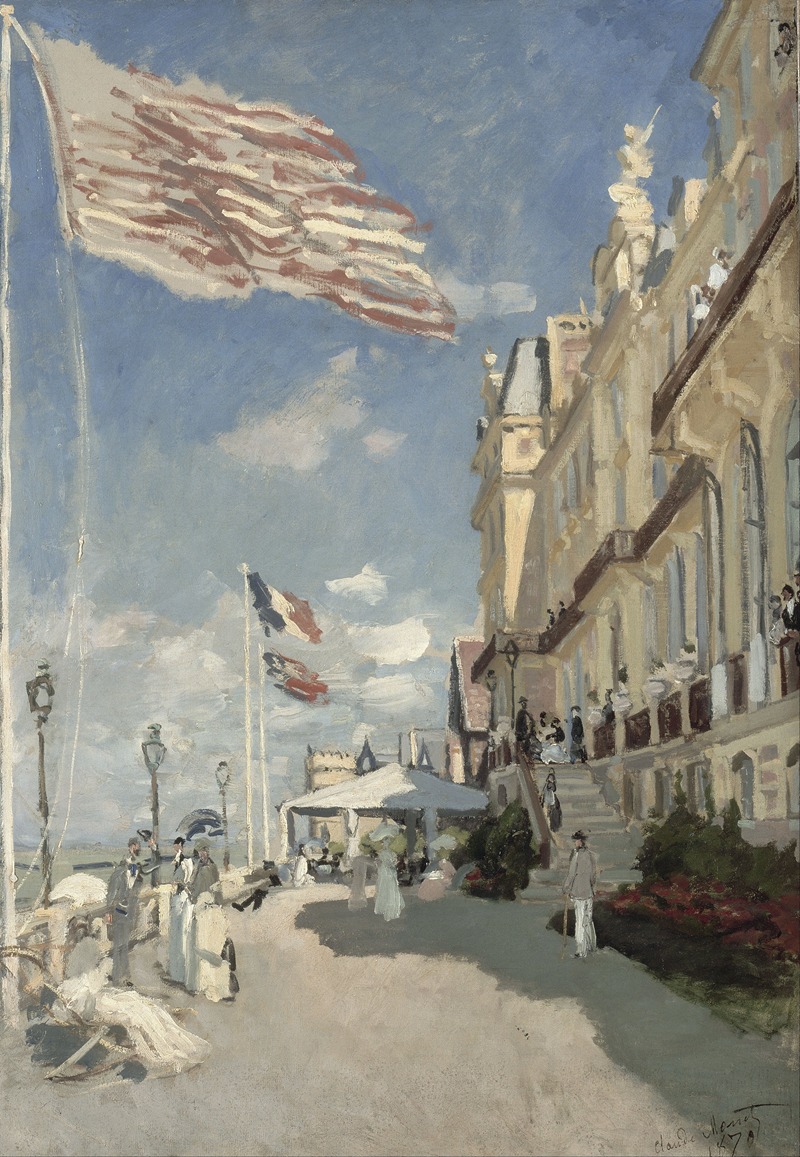
Hôtel des roches noires. Trouville
A hand-painted replica of Claude Monet’s masterpiece Hôtel des roches noires. Trouville, meticulously crafted by professional artists to capture the true essence of the original. Each piece is created with museum-quality canvas and rare mineral pigments, carefully painted by experienced artists with delicate brushstrokes and rich, layered colors to perfectly recreate the texture of the original artwork. Unlike machine-printed reproductions, this hand-painted version brings the painting to life, infused with the artist’s emotions and skill in every stroke. Whether for personal collection or home decoration, it instantly elevates the artistic atmosphere of any space.
Claude Monet's painting "Hôtel des Roches Noires, Trouville" is a notable work by the renowned French Impressionist artist. Painted in 1870, this artwork captures the essence of the seaside resort town of Trouville-sur-Mer, located in the Normandy region of France. Trouville was a popular destination for Parisians seeking leisure and relaxation by the sea during the 19th century, and it attracted many artists, including Monet.
The painting depicts the Hôtel des Roches Noires, a grand hotel that was emblematic of the burgeoning tourism industry of the time. The hotel itself was a symbol of modernity and luxury, catering to the affluent visitors who frequented the area. Monet's choice to paint this subject reflects his interest in contemporary life and the changing social landscape of the period.
Monet's approach to this painting is characteristic of his Impressionist style, which emphasizes the effects of light and atmosphere over precise detail. In "Hôtel des Roches Noires, Trouville," Monet employs loose brushwork and a vibrant palette to convey the lively and transient nature of the scene. The painting captures the play of light on the hotel's façade and the surrounding environment, creating a sense of immediacy and movement.
The composition of the painting is carefully balanced, with the hotel occupying a prominent position in the frame. The sky and sea are rendered in soft, harmonious tones, reflecting Monet's keen observation of natural light and its impact on color. The figures of people strolling along the beach and the presence of carriages add a dynamic element to the scene, illustrating the bustling activity typical of a seaside resort.
Monet's work during this period often focused on leisure activities and the interaction between people and their environment. "Hôtel des Roches Noires, Trouville" is a prime example of this thematic interest, as it captures a moment in time at a location that epitomized the leisure culture of the era. The painting is not only a representation of a specific place but also an exploration of the broader social and cultural shifts occurring in France during the late 19th century.
This painting is part of a series of works Monet created in Trouville, showcasing his fascination with the coastal landscape and the effects of light on water and architecture. These works collectively highlight Monet's innovative approach to capturing the ephemeral qualities of nature and modern life.
"Hôtel des Roches Noires, Trouville" is housed in the Musée d'Orsay in Paris, where it is part of a significant collection of Impressionist art. The painting remains an important example of Monet's early work and his contribution to the Impressionist movement, which sought to break away from traditional artistic conventions and embrace a new way of seeing the world.
In summary, Claude Monet's "Hôtel des Roches Noires, Trouville" is a quintessential Impressionist painting that reflects the artist's interest in contemporary life, light, and color. It captures a moment of leisure and modernity in 19th-century France, offering viewers a glimpse into the vibrant atmosphere of a seaside resort.





